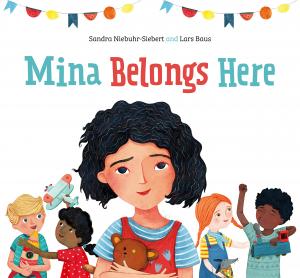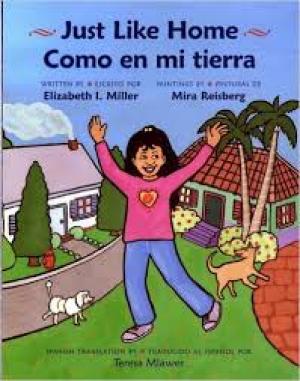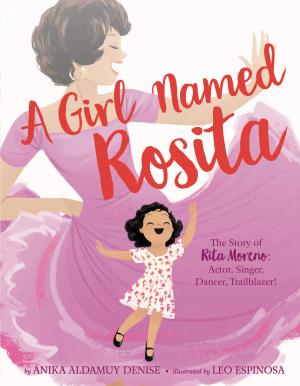This guidebook provides thematic units appropriate for early elementary ELLs or, in some cases, for older newcomers with limited literacy and vocabulary skills.
Learn about these important first steps that will help ELLs feel welcome and get them on the path to academic success. Strategies include creating a print-rich environment and connecting content to students' cultures and experiences.
At Mina's kindergarten she listens to stories, songs and chatter in an unfamiliar language. She tries out sounds that roar in her throat and tickle her tongue until the new words feel like her own.
As a young girl begins to get used to her new life in the U.S., she compares everything around her to life back in her country. Some things — like sharing a big meal with her family — are just like home.
Take a look at the way Amber uses a concept sort for teaching vocabulary before starting a readers' theater activity based on "The Great Kapok Tree."
Why positive body language matters when working with ELLs
Anne Marie explains why positive body language makes a difference for ELLs, especially newcomers.
When young Rosita moved from Puerto Rico to the mainland United States, she didn’t know what to expect — but she knew she loved to sing and dance.
Here are some ideas to make sure that all English language learners are included and welcomed in your Valentine's celebration!
How I Prepare Students to Welcome New ELL Peers
Learn how Missy Testerman, the 2024 National Teacher of the Year, prepares elementary students to welcome new ELL peers before newcomers arrive in their class.
It is 1960 in Havana, and young Gabriella doesn't understand what the changes she sees around her in Cuba will mean until she boards a flight to New York to start a new life with her parents in the Bronx.








